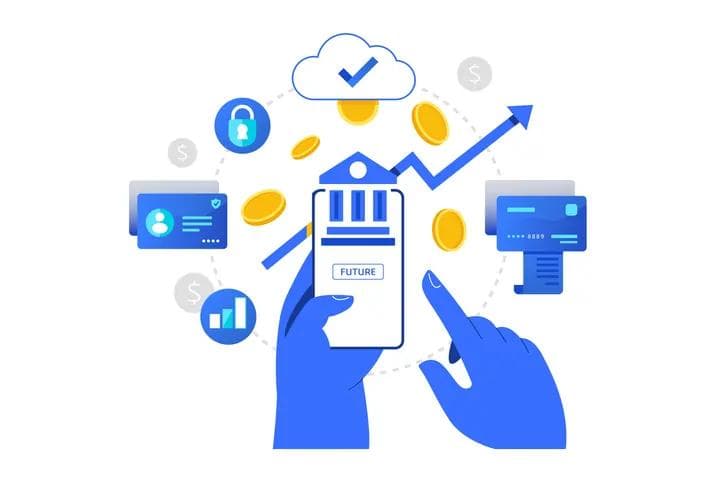A two-step process to enhance operations at a newly merged bank
A two-step process to enhance operations at a newly merged bank
Published by Jessica Weisman-Pitts
Posted on February 16, 2022

Published by Jessica Weisman-Pitts
Posted on February 16, 2022

By Mac Thompson, president and founder of White Clay
While much of 2021 remained unpredictable due to the pandemic, bank mergers proved not to be. According to S&P Global Intelligence’s December report, there were 208 U.S. bank deals with an aggregate deal value of $77.58 billion in 2021, which is highest level since 2006, and there’s no indication of this activity slowing down. Banks have benefitted from these mergers because of the operational expense efficiencies and operational revenue improvements. Operational revenue improvement, for example, is a result of deepening customer relationships by leveraging both banks’ product strengths and optimizing client profitability. To maximize these benefits, the combined banks must establish consistent and accurate metrics and define holistic client relationships.
How do you define your metrics?
Merging financial institutions will have different metric definitions, incompatible disparate data, and different cultures for leveraging the information needed to drive client and shareholder value. The first step is to establish common metric definitions for the combined entity. Banks must use the newly gained benefits to create a list of key metrics that align with the deal revenue. Then, they will need to create calculations and data definitions for each metric, which will require detailed examinations of both as organizations may use the same language to communicate different meanings. Aligning the combined financial institution’s language and metric definitions are critical to realizing the benefits.
Once metric definitions and languages are standardized, both organizations can create a common information environment for the combined bank to establish baselines, targets, and ongoing measurement. Banks, however, don’t have to wait for the merger to be completed for this process to happen. They can abstract and normalize the data into standard elements before the system conversions by identifying which of these elements will help them focus on understanding the client relationship depth, primacy, and profitability.
It’s important for the organization to be aware of the new language, measurement, and revenue opportunities for the future of the combined financial institution.
How do you define your client relationships?
To realize the revenue opportunities, the bank needs to define their client relationships accurately and consistently. These relationships can be defined by credit structure, partner, and client. Credit structure includes all the tax entities that are legally related to a particular credit issuance; this is important for underwriting and credit portfolio and monitoring, but not necessarily for ensuring the client and shareholder both receive value from the relationship. Knowing which relationships relate to a particular partner will be helpful in managing partner relations by understanding their portfolio and performance.
Client relationships will also be defined by the types of products and services they use, which is why having a complete view of this information will be important. For example, this relationship can include all the parties to the consumer household and/or all the legal entities of the business relationship. Understanding the holistic relationship provides the insight to optimally deliver the best product solutions and pricing to ensure both the client and shareholder receive value from the relationship.
Once these relationships are defined, a bank must assign a primary banker/branch to it. For example, some bankers/branches might focus on business banking and commercial and private banking while others on mortgages or bank-owned relationships. By assigning a banker to each relationship, they can determine which products and services might be useful for the customer and their household, further personalizing the banking experience.
Banks that have completed this two-step process can expect many different operational benefits. As all relationships are now clearly defined, the bank has an overview across all subsidiaries, including the products and services the customer uses, along with transactions and behaviors. This level of visibility and transparency helps them understand the economic value of each client, break down organizational siloes, manage relationships, and prevent attrition.
This two-step process of defining metrics and relationships will help banks maximize the use of their data, resulting in increased operational benefits. There’s tremendous value in determining a single source of truth before a merger, or even during it, to set the newly formed bank up for long-term success and growth. As the industry continues to see increased M&A activity, now is the time to ensure a uniform data environment is available to provide the common, understood metrics to drive operational revenue benefits and be ready for any upcoming changes.
Explore more articles in the Banking category











